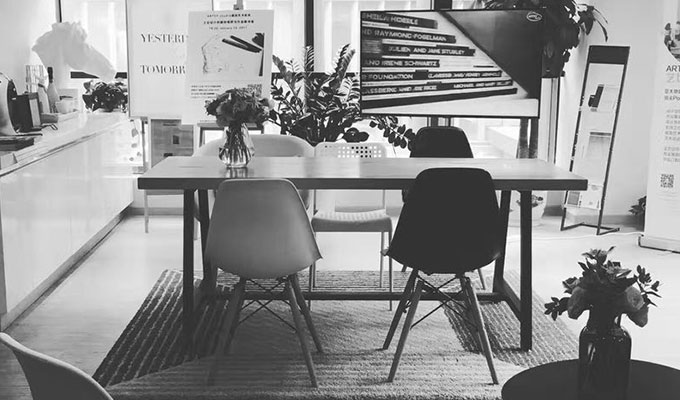If a Chinese child returns home to announce his or her decision to pursue art as a potential career, 9 out of 10 parents would have a fit and try everything in their power to sabotage their child’s diaphanous dream. Unless long years of test results all culminate in the proving of their child’s prowess as a banker or a rocket scientist, parents resort to art as the last chance for their child to receive an education that they can flaunt. It’s an art school, alright, but at least it’s at Oxford!
In modern China, art is treated as inferior to “more important stuff”, such as subjects which actually amount to a job that pays the bills. The situation, however, is deteriorating as the population booms, making competition fiercer than ever. Chinese people today are far richer than they were even 20 years ago, but their conviction in the false attraction of stability remains untrammelled. For many parents, the choice for their children to study art, is the result of having no better choice.
“We aren’t trying to change that”, says Alexandra Liu, founder of Artsy Studio in Nanjing. Speaking with The Nanjinger, she says, “Parents [of this generation] were born in a particular time of hardship. Their mindset is unlikely to change. But it is of critical importance that we change [that of] their kids, help them appreciate aesthetics, and prepare them for academia abroad.
“Of course, parents are result driven. That’s why we have our professional teams to give them results that will guarantee admission to ideal schools. But what we have that is so unique is the experience we provide, such as talks from guest speakers on aesthetics, or theme events every month that involve active participation. It is from such experiences that students fall in love with art and design, and not because they are told to.”
Located in the heart of the city, not far from Daxinggong Metro Station, Artsy studio is designed in accordance with that which is common in art studios overseas. Water pipes and ventilation, for example, are ducted beneath the roof and visible, with a laid-back coffee bar and open spaces, very unlike a typical Chinese learning environment. In addition to local artists’ talks, Alexandra invites expat artists to join them, bringing a little more contemporary and international art to the city.
“I know many service agents for prospective art students abroad and what their offices are like, but I can’t imagine myself working in such environments. Our office needs to look like a loft. It needs to be cozy. And it needs to give students an international vibe,” says Alexandra.
While China’s millennial generation, having enjoyed affluence and convenience all their life, is more open-minded and quicker to adapt, it will still take time for the bulk of Chinese society to come to terms with art as not a question of what but how. Such a tendency creates, in consequence, a market and a surging demand for modern art.









